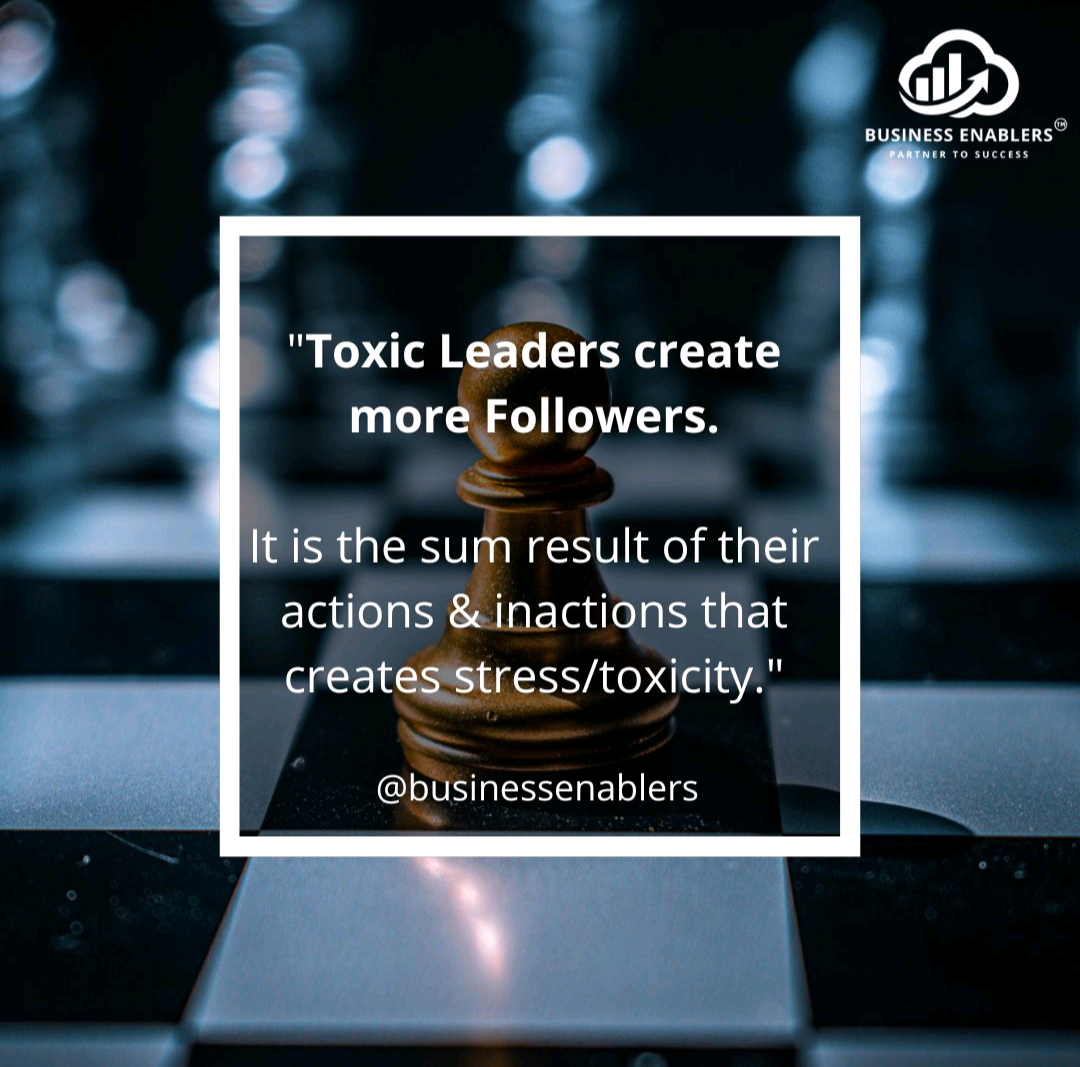Workplace: Rapid, Untimely Promotions

Rapid, Untimely Promotions We all have heard people (especially CEOs and rapidly-promoted employees) talking about rapid promotions in a very positive light, citing benefits like retaining top talent, accelerated learning, new perspectives, workplace competition, reputation and cost saving, but they want us to overlook the disadvantages of such actions which will eventually make the entire organisations pay dearly. Promoting employees too quickly can have several drawbacks, and damage the organisation in the long run. I have divided the potential drawbacks (casualties) into three categories that impact three levels of any organisation. Casualty 1: Clients Untimely and rapid promotions can affect customer relationships, especially if employees with limited experience are in customer-facing roles. There are multiple instances in which experience is of utmost criticality, and inexperienced employees can further worsen a bad situation with a client. In that case, customer satisfaction and ...














